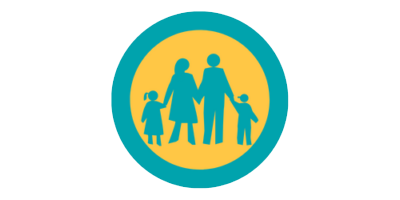Learn More
What Is ABA Therapy
Applied Behavior Analysis (ABA) is a therapy centered on the principles of learning and behavior, and is primarily used to as a therapeutic treatment for Autism Spectrum Disorder (ASD).
ABA explores the learning process, behavior theory, and the effects surrounding environments have on a child’s behavior. The goal of ABA therapy is to improve education, communication, socialization, and comprehension through positive reinforcement.
HHF uses a naturalistic, child-led and play-based version of ABA Therapy for our clients.
Reasons We Use ABA Therapy
- It’s an evidence-based treatment endorsed by the US Surgeon General and American Psychological Association.
- It’s an adaptable treatment that fits the needs of each individual.
- It teaches important skills useful in everyday life.
- It incorporates positive reinforcement to drive behavior goals.

ABA Therapy Principles
Individualized Approach
Since autism impacts every individual differently, ABA Therapy relies on an initial assessment prior to the start of actual therapy. This assessment is completed by a Board Certified Behavior Analyst (BCBA), who creates a specialized treatment plan for the individual with ASD. ABA Therapy plans are unique to fit the needs and goals of each kid!


Adaptable Nature
Positive Reinforcement


Parental Involvement
Intensive Therapy

Benefits of ABA Therapy
- Increased acknowledgement of people
- Communicate more effectively
- Ability to express needs specifically and clearly
- Demonstrate more focus
- Reduce self-harming behavior
- Decreased outbursts and tantrums
- Increased language skills
- Increased attention and memory skills
- Improve academic performance
- Unlock new learning abilities
- & Many more depending on each child


Evidence-Based
EXPLORE AUTISM TREATMENT FOR YOUR CHILD NOW!





